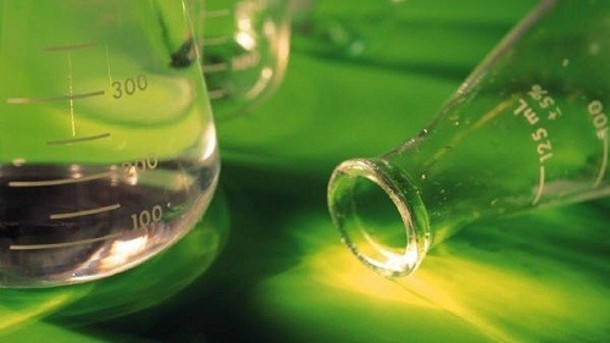Novel non–animal collagens could provide new options for cosmetic formulation

Collagen is a natural product and a principle component of the skin, which has become a well-established component for use in cosmetics as it provides identifiable benefits and is recognized as safe from cosmetic studies and from biomedical applications.
A new study carried out by the CSIRO Manufacturing Flagship in Australia, published in the International Journal of Cosmetic Science, now says that novel, non-animal collagens that it has tested, may be potential alternatives to animal collagens for inclusion in cosmetic formulations.
Why a non-animal alternative?
As mentioned, collagen is a well-established cosmetics component that has been recognised as safe; however, CSIRO says that some concerns are raised over collagen from animal sources, especially mammalian sources including bovine and porcine tissues, as they may carry transmissible disease agents.
“This risk may possibly be reduced by using collagen from other, non-mammalian species, such as avian, fish and other more primitive species,” says the Australian organisation.
“However, these are still animal sources and this itself can be a concern for some people. Also, the collagens from more primitive species are typically less stable and this may be a disadvantage during manufacture and storage of cosmetic products.”
According to the research team, their study shows that non-animal collagens, either in their natural form or as modified, designed structures, can be readily prepared as uniform recombinant products that are pure and disease-free.
Testing
In their work, the team took non-animal collagens from three species, Streptococcus pyogenes, Solibacter usitatus and Methylobacterium sp 4-46, which had been expressed as recombinant proteins in Escherichia coli using a cold-shock, pCold, expression system.
The proteins were purified using either metal affinity chromatography or a simple process based on precipitation and proteolytic digestion of impurities, which is suitable for large-scale production.
Samples were then examined using a range of analytical procedures, such as gel electrophoresis, mass spectrometry, circular dichroism spectroscopy, and UV-visible light spectroscopy.
The results showed that collagens were soluble at low ionic strength between pH 5 and pH 8, but were less soluble under more acidic conditions.
At lower pH, the insoluble material was well dispersed and did not form the fibrous associations and aggregates found with animal collagens. The materials were shown to be non-cytotoxic to cells in culture.
















